1
Storm chaser
Gerd Masselink is professor of coastal geomorphology at Plymouth University.

“Some people say we’re like the tornado chasers in the film Twister. We watch the weather forecast for big offshore storms, then go and measure the impact the storm has on the coast.
"We drive quad bikes fitted with GPS over the beach so we can map its shape. We use drones fitted with GPS to map the dunes and launch probes from boats to map the part of the beach that is underwater. We do this all before and after the storm, so we can see how the storm changes things.

It takes a crew of five or six people a couple of days to do. The data collection is fun, but then we need to analyse it, so we also do a lot of computer modelling. It’s important work. Storm impacts will increase with climate change, so we need to understand the effect storms have on our coasts.”
2
Coral researcher
Dr Leanne Hepburn is a marine scientist at the University of Essex.
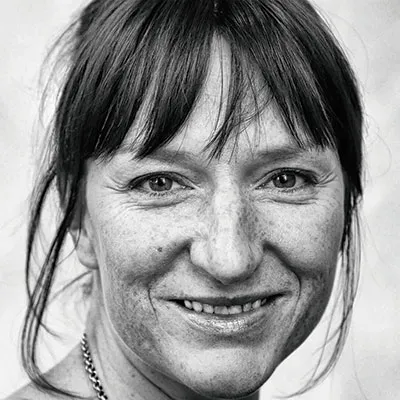
“There are organisms that build reefs up, such as coral and some algae, and there are organisms that break reefs down, such as coral-nibbling parrotfish and coral-eroding sponges. We study reefs in Indonesia, the Seychelles and the Persian Arabian Gulf, and look at the differences between reef production and erosion.
"We’re worried, for example, that if sea level rises and erosion outstrips production that some reefs could effectively drown. We go on field trips every year and get teams of local divers to help us with our work. We measure everything from water quality and temperature to coral complexity and parrotfish numbers.
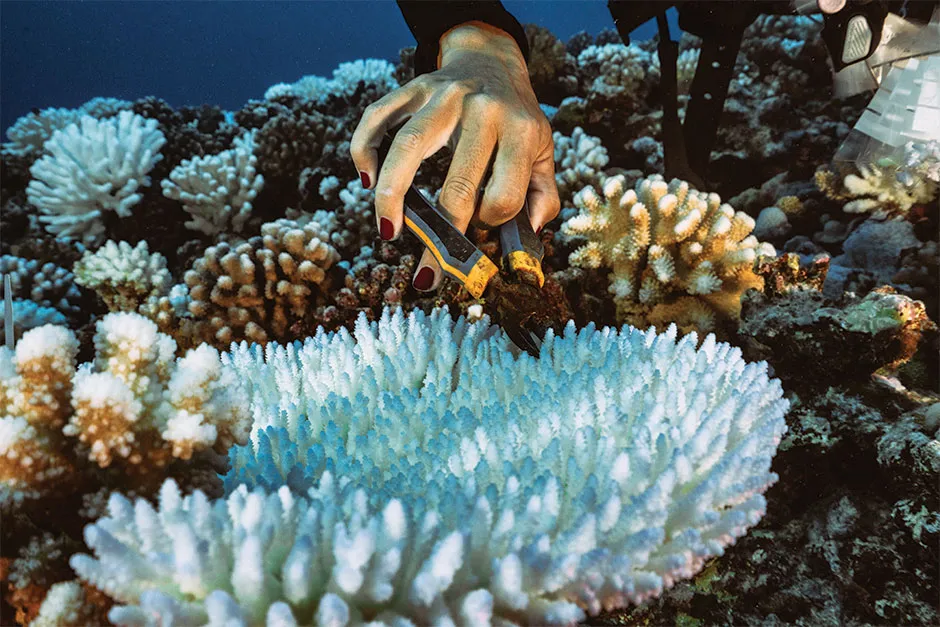
"Overall, I just love being underwater. We don’t just collect data; we try to find ways to translate that data into science policy and management. Ocean optimism is really important. It’s the only way we’ll have an impact and ensure that we minimise future degradation of our coral reefs.”
3
Roboticist
Prof Sanja Dogramadzi leads the Healthcare Robotics Group in Bristol Robotics Laboratory.
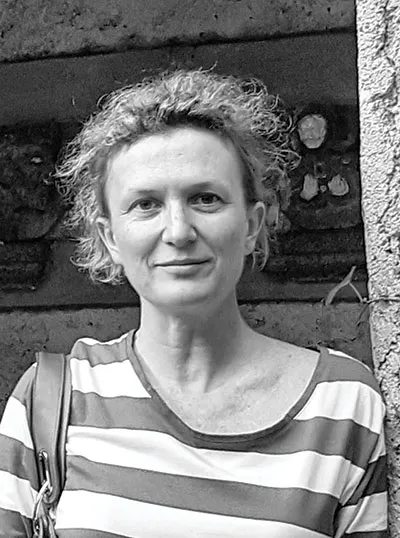
“I work as part of a multidisciplinary team to design and build intelligent robots that can solve clinical problems. When cancer patients have radiotherapy, for example, they have to keep very still so the treatment is delivered to exactly the right spot.
"Inevitably, they move, because the surface they have to lie on is so uncomfortable. We’ve made a comfortable, soft surface for patients to lie on, that detects movement and alerts the clinician so they can reposition the patient. We’re also working on another system that stabilises the patient so that if they do move, it’ll move them back automatically. One person alone couldn’t solve this problem.
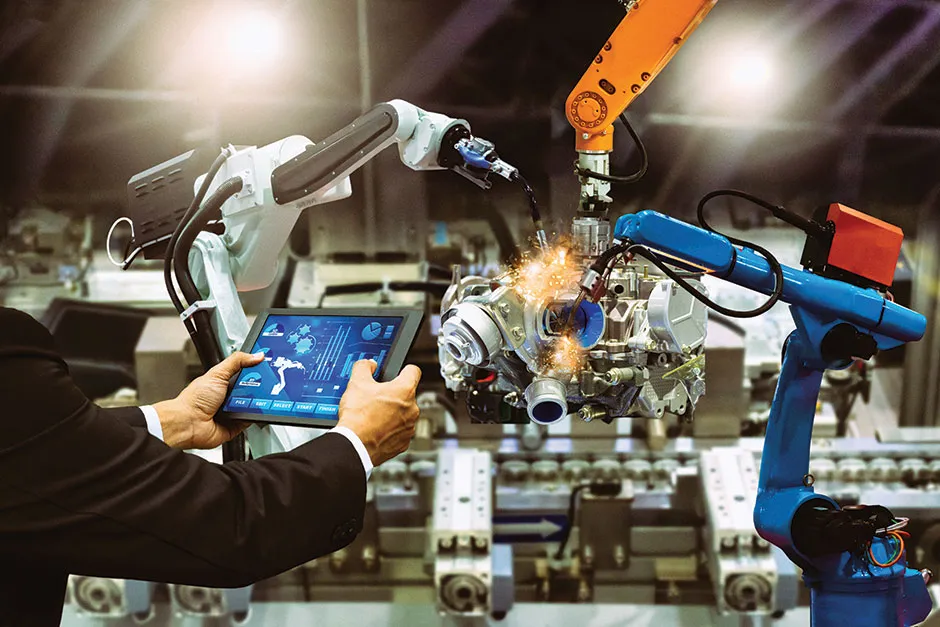
"It’s really stimulating to work with people from different backgrounds – clinicians, radiographers, patients, engineers, physicists and technicians – and come up with devices that make a real-life difference. We create new concepts, solve problems and learn something new every day.”
4
Venom milker
Paul Rowley is senior herpetologist at the Liverpool School of Tropical Medicine.

“How do you collect venom from a snake? Carefully! I’m the only person in Britain that routinely extracts venom from snakes. My job is the day-to-day feeding, cleaning, care and venom extraction of the 50 species in our collection, including mambas, cobras, rattlesnakes and saw-scaled vipers.
"To collect the venom, we secure the snake’s body then gently grasp the head. The snake bites a petri dish that’s placed in front of it, then we squeeze the venom glands and out it comes. These are snakes with bites that can cause long-term disability and death, so the venom is used to produce specific anti-venoms.
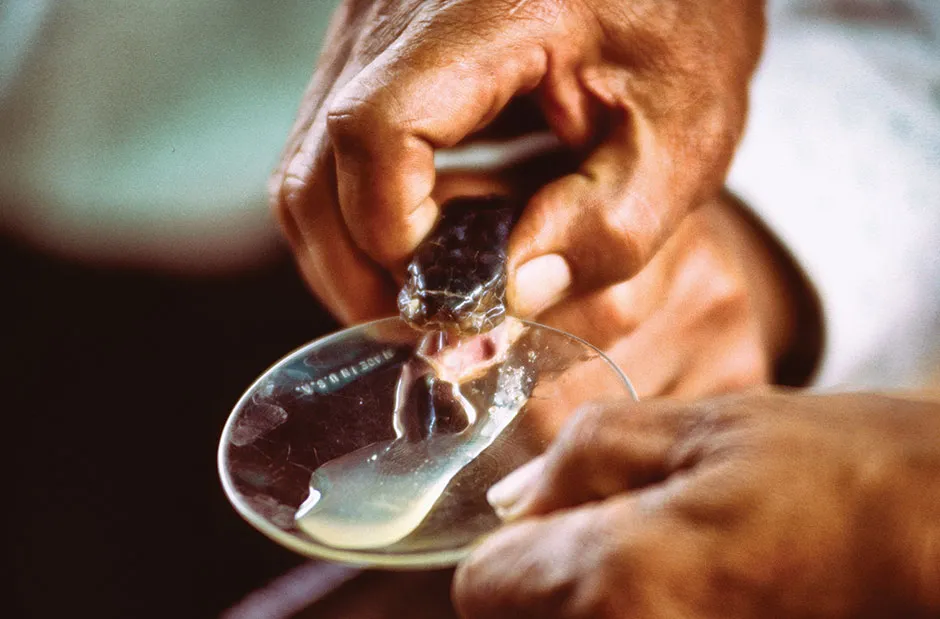
"One of the venoms I collected was used to make an anti-venom that saved 20,000 lives in sub-Saharan Africa. It’s a really good feeling knowing you’re having that kind of impact on people’s lives.”
5
Antarctic scientist
Dr Alex Burton-Johnson is a geologist for the British Antarctic Survey.
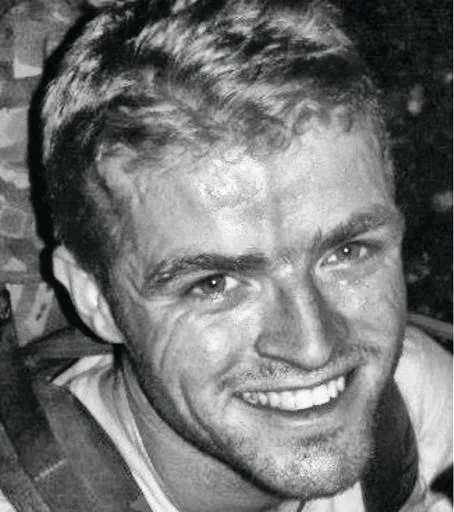
“It all builds up to the big field trip. Once every couple of years, I get to spend a couple of months at the bottom of the Earth. I fly to the Antarctic base in a Twin Otter plane that’s like a Land Rover with wings. There, I meet my field guide; a highly trained mountaineer who’s in charge of safety and logistics.
"We load up the snowmobiles and sledges with food and equipment, and then we head off to the survey site, which can be hundreds of kilometres away. We live together in the same tent for the next two months. My aim is to map the area geologically.
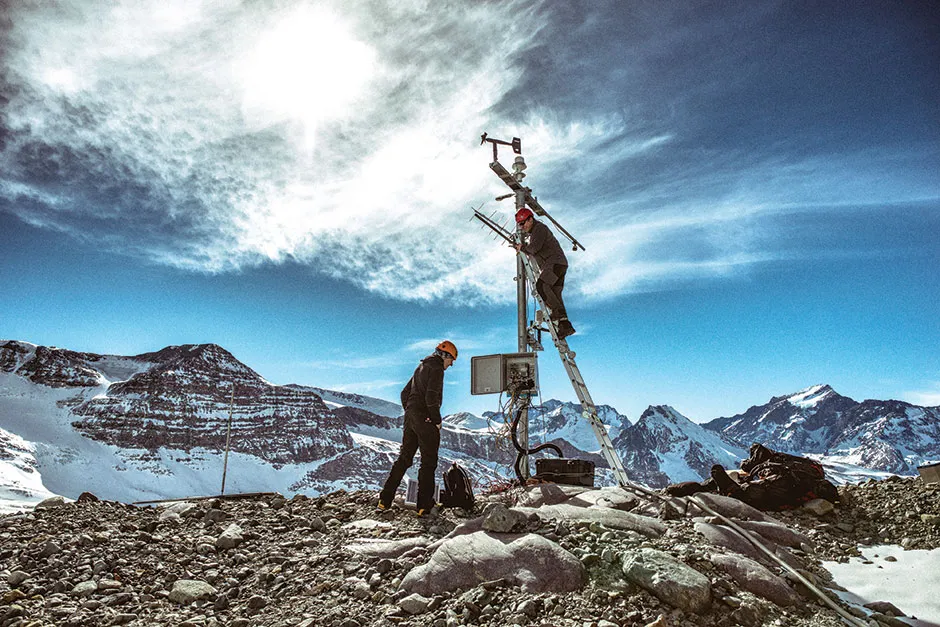
"Every day, we go out, climb mountains, chip away at the rocks and then collect and bring back samples. We’re trying to find out how Antarctica was formed. The best bit is you get to explore these amazing landscapes that people have never been to before.”
6
Volcanologist
Dr Emma Liu is a volcanologist at University College London.
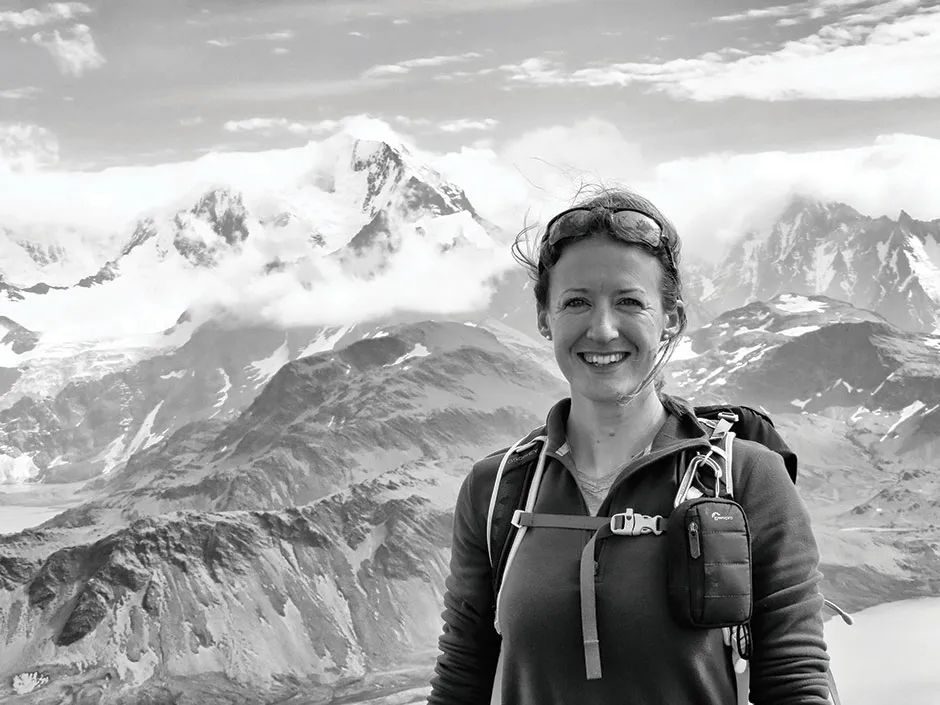
“I study the chemistry of the gases that are emitted from volcanoes because it helps us to understand the ‘plumbing’ beneath them and forecast when they might erupt. It’s not always possible or sensible to collect samples directly from volcanoes, so I’ve been experimenting with long-range, high-altitude drones.
"Now we can fly them into a gas plume to collect measurements and samples, remotely and safely. My work takes me to amazing places. I was in Papua New Guinea four times last year. We discovered that the Manam volcano there releases huge amounts of carbon dioxide.
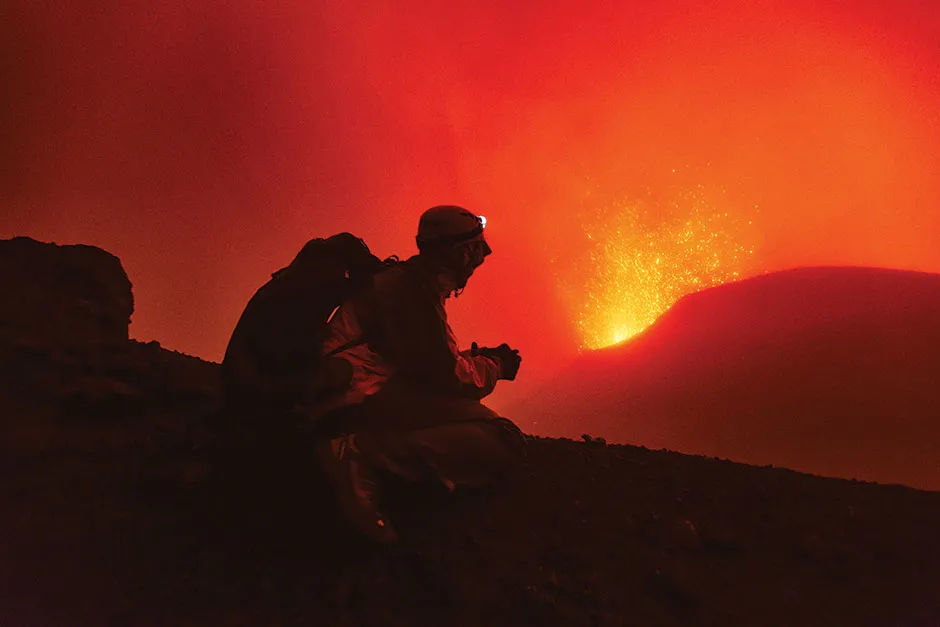
"It was a privilege to work with the local communities. They were as fascinated by us and our shiny gadgets, as we were by them and their beautiful culture. I also think we left a lasting impression because after we left, they set up their own Community Disaster Preparedness Committee to deal with future volcano hazards. It was wonderful to see and hear about that.”